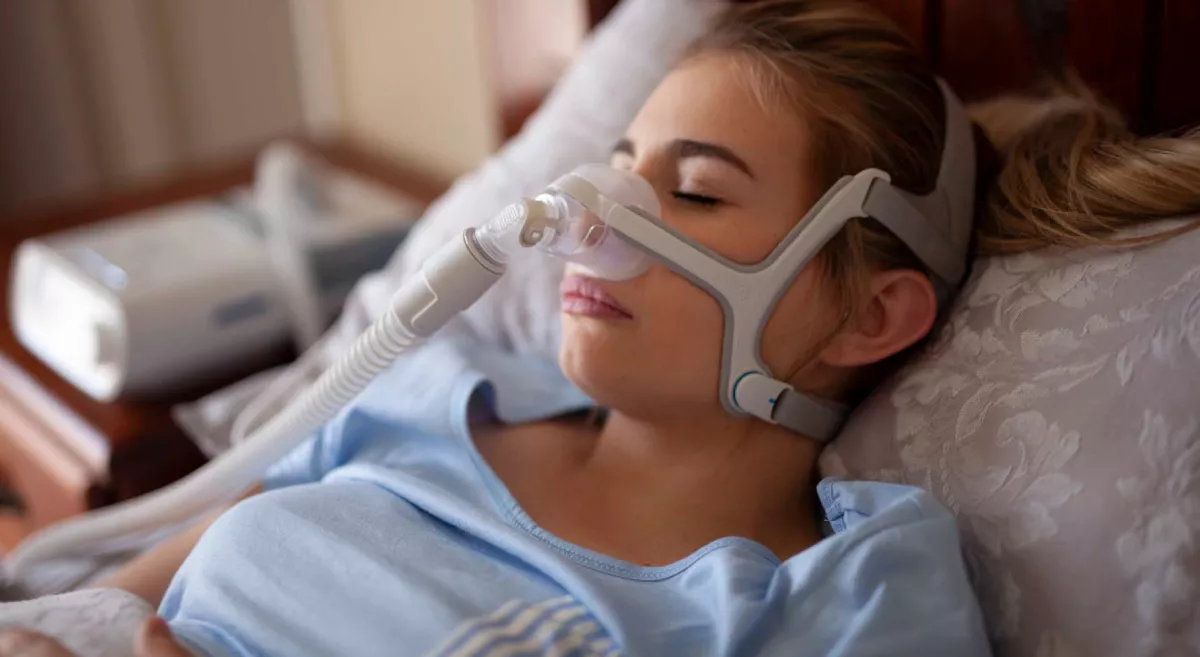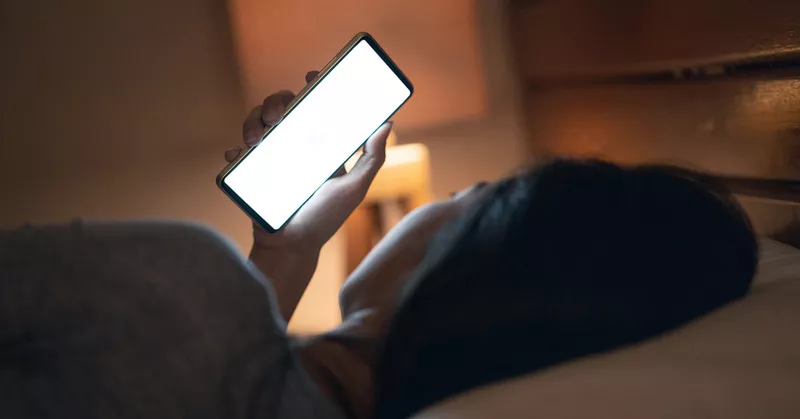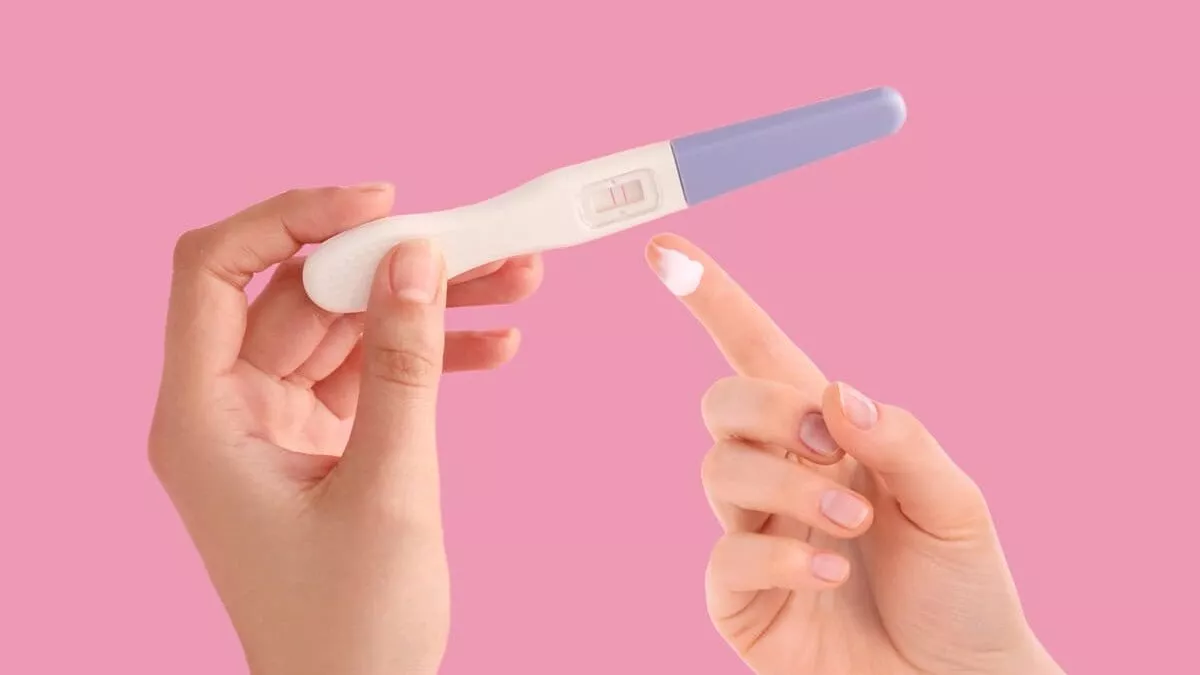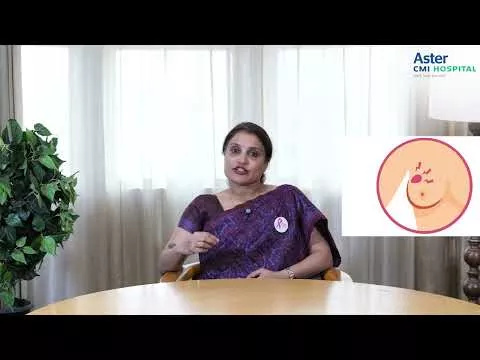In today's fast-paced world, sleep disorders have become increasingly prevalent, affecting millions of people worldwide. To diagnose and treat these disorders effectively, medical professionals rely on a comprehensive sleep study known as polysomnography (PSG).
What is Polysomnography?
Polysomnography is a diagnostic test that records various physiological parameters during sleep. It is a non-invasive procedure that monitors brain activity, eye movements, muscle tone, heart rate, breathing patterns, snoring, body position, apnea, hypo apnea,oxygen levels and other essential body functions. PSG offers a detailed assessment of sleep stages, sleep architecture, and various sleep disorders, enabling medical professionals to make accurate diagnoses and formulate appropriate treatment plans.
How is Polysomnography Performed?
PSG can be done either at hospital in a sleep lab or at home with a portable device under the supervision of trained technicians. Here is a step-by-step breakdown of how the procedure is performed:
- Preparing for the Test: Prior to the test, the patient is advised to follow their regular sleep routine and avoid consuming substances like caffeine or alcohol that may affect sleep patterns. They are also encouraged to bring comfortable sleepwear and any necessary medications.
- Placement of Electrodes: Electrodes and sensors are attached to specific areas of the patient's body to measure and record various physiological parameters. These include electrodes on the scalp to monitor brain waves (EEG), sensors near the eyes to track eye movements (EOG), and electrodes on the chin and legs to measure muscle activity (EMG).
- Additional Measurements: Other sensors may be used to monitor breathing patterns, oxygen levels in the blood (pulse oximetry), heart rate and rhythm (ECG), and nasal airflow. Elastic belts may also be placed around the chest and abdomen to detect respiratory effort.
- Lights Out: Once the patient is comfortably settled in bed, the lights are turned off, and the monitoring equipment starts recording data while they sleep.
- Continuous Monitoring: Throughout the night, trained technicians observe the patient's sleep patterns remotely, ensuring accurate data collection. In some cases, video recording may also be used to monitor body movements and behaviors during sleep.
- Morning Evaluation: After the required duration of sleep monitoring, the electrodes and sensors are carefully removed. The recorded data is then analyzed and interpreted by sleep specialists or clinicians.
Who is Prescribed Polysomnography?
Polysomnography is typically prescribed by healthcare professionals, specifically sleep specialists or pulmonologists, who suspect the presence of sleep disorders. It is recommended for individuals who experience symptoms such as excessive daytime sleepiness, loud snoring, observed pauses in breathing during sleep, insomnia, restless legs syndrome, Uncontrolled BP, Diabetes, Abnormal heart rythm Increased right heart pressures or other abnormal sleep patterns. PSG is essential in diagnosing and differentiating various sleep disorders, including obstructive sleep apnea, narcolepsy, periodic limb movement disorder, and REM sleep behavior disorder.
Outcomes of Polysomnography:
Polysomnography (PSG) is a diagnostic test used to evaluate sleep disorders and monitor various physiological parameters during sleep. The interpretation of a polysomnography typically involves analyzing several key components and variables.
Here are some aspects that are considered during the interpretation process:
- Sleep Stages: The PSG records brain activity (EEG), eye movements (EOG), and muscle tone (EMG) to classify sleep stages. Sleep is divided into several stages, including wakefulness, rapid eye movement (REM) sleep, and non-REM (NREM) sleep, which further consists of three stages: N1, N2, and N3. The interpretation involves determining the amount of time spent in each stage and identifying any abnormalities in the sleep architecture.
- Respiratory Parameters: PSG records respiratory variables such as airflow, respiratory effort, and oxygen saturation. The interpretation focuses on assessing the presence and severity of respiratory events like apneas (complete cessation of airflow) or hypopneas (partial reduction in airflow). These events are evaluated to diagnose sleep-related breathing disorders like obstructive sleep apnea.
- Cardiovascular Parameters: PSG monitors heart rate, electrocardiography (ECG), and blood pressure. The interpretation examines these parameters to identify any abnormalities or cardiac events that may occur during sleep, such as arrhythmias or changes in heart rate
- Movement Disorders: The PSG also captures limb movements and muscle activity through EMG recordings. The interpretation looks for periodic limb movements or other movement disorders like restless legs syndrome to evaluate their impact on sleep quality.
- Sleep Efficiency and Architecture: The overall quality of sleep is assessed by evaluating sleep efficiency, which represents the percentage of time spent asleep versus the total time in bed. Sleep architecture refers to the distribution of sleep stages throughout the night. Deviations from normal patterns can indicate underlying sleep disorders.
- Arousals: Arousals are brief awakenings from sleep that disrupt the normal sleep pattern. The interpretation involves identifying and quantifying the frequency and nature of arousals to assess their impact on sleep continuity and quality.
- Other Variables: Depending on the specific clinical situation, additional parameters such as body position, snoring, and nocturnal seizures may be assessed during the interpretation. The interpretation of a polysomnography is typically performed by sleep specialists or healthcare professionals experienced in sleep medicine. They review the data collected during the study, analyze the various parameters, compare them to established norms, and consider the patient's clinical history to arrive at a diagnosis and develop an appropriate treatment plan.





